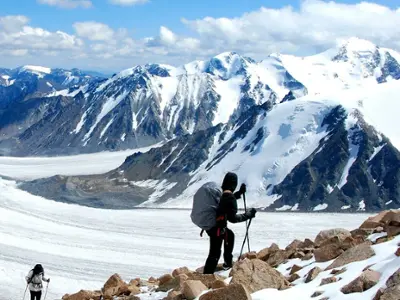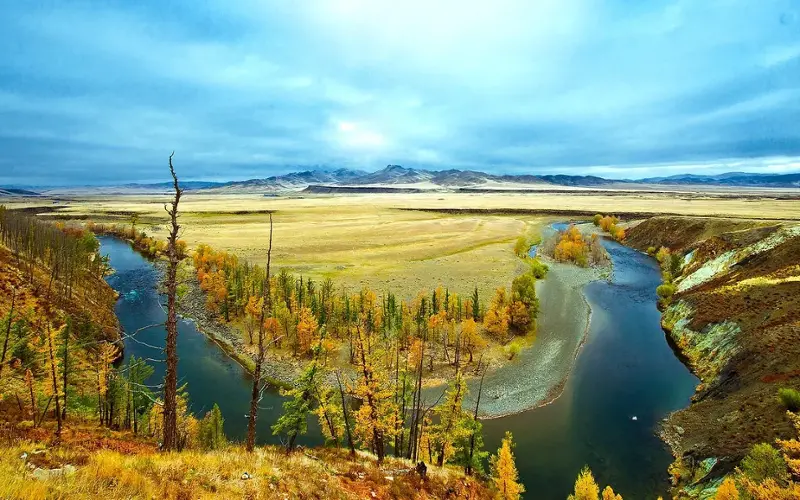
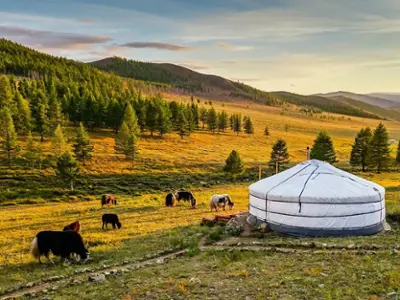
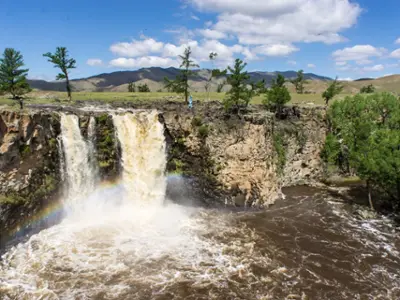
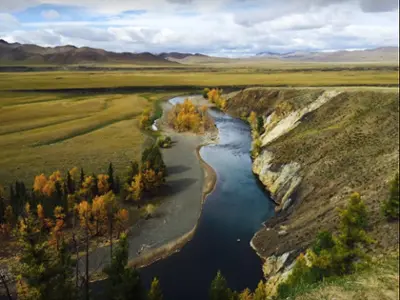
Orkhon Valley
The Orkhon Valley Cultural Landscape spans approximately 121,967 hectares along both banks of the Orkhon River in central Mongolia. This UNESCO World Heritage site is rich in archaeological remains dating back to the 6th century, showcasing the long history of nomadic empires and their cultural legacy.
The valley was the heart of major historical events and empires, including the Uighur Khaganate and the Mongol Empire. It includes the ruins of Kharkhorin, once the capital of Genghis Khan's empire, and several sacred sites that reflect the religious and administrative significance of the region. To this day, the land remains actively used by Mongolian nomadic herders.
Main Attractions
- Orkhon Monuments – 8th-century Turkic memorials dedicated to Bilge Khan and Kul Tigin. These inscriptions are some of the most significant early records of Turkic script.
- Ruins of Ordu-Baliq (Kharbalgas) – Former Uighur capital city from the 8th century with ruins of palaces, temples, and homes spread across 50 km².
- Ruins of Kharkhorin – The ancient Mongol capital.
- Erdene Zuu Monastery – The first Buddhist monastery in Mongolia, partly destroyed in the 20th century.
- Tovkhon Monastery – Located on a mountaintop at 2,600 m elevation.
- Orkhon Waterfall – A 20-meter high scenic waterfall.


